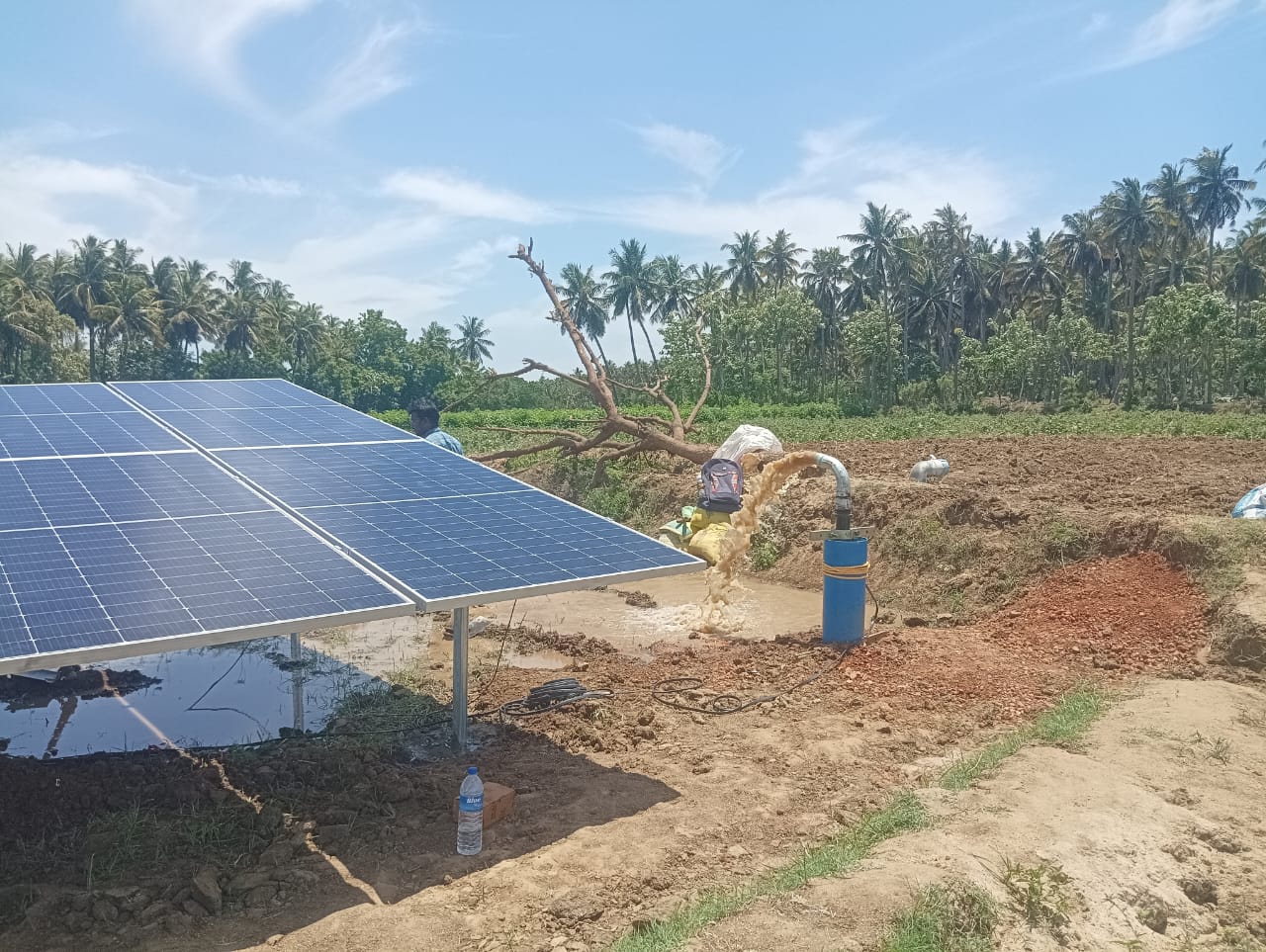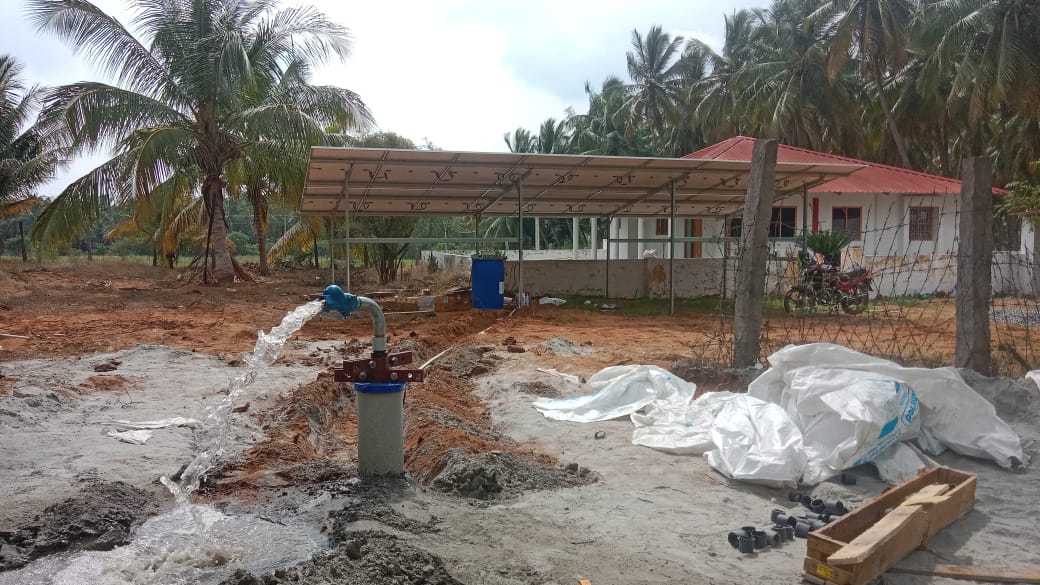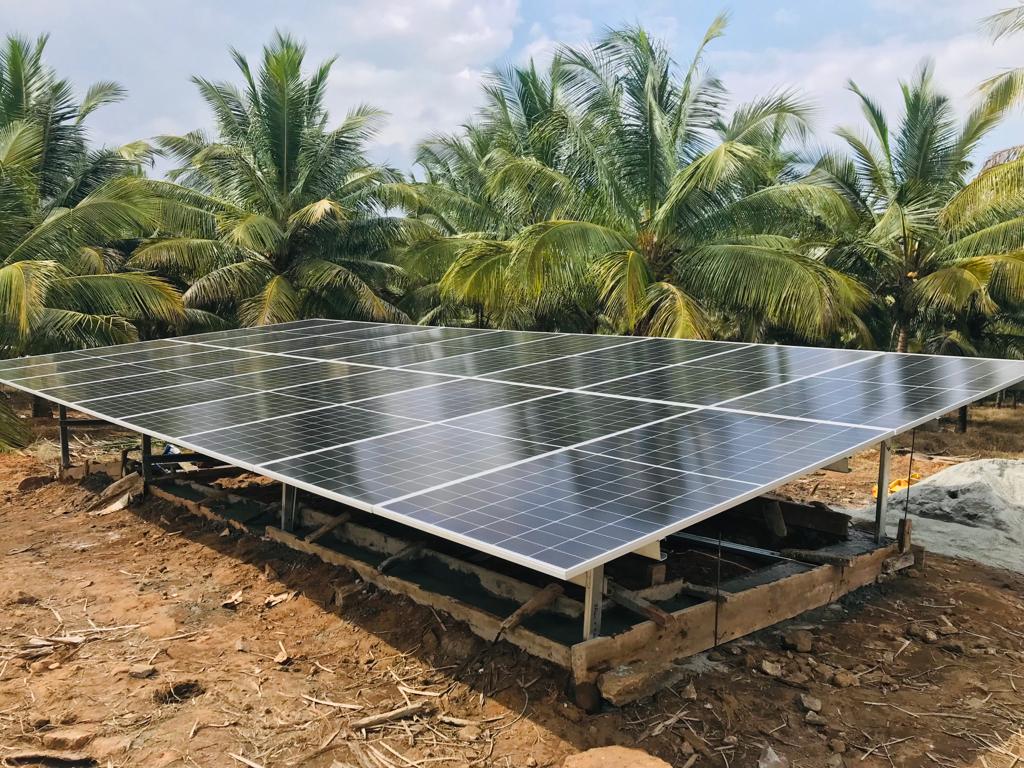In recent years, the demand for sustainable energy solutions has surged, with solar energy at the forefront of this movement. One of the most promising applications of solar technology is the solar pump system. This innovative system seamlessly integrates renewable energy with efficient water management, making it a viable choice for agricultural, residential, and industrial applications. A solar pump system utilizes solar energy to power water pumps, making it possible to transfer and distribute water without relying on the conventional electrical grid. These systems primarily comprise three components:
Solar Pump Systems
- Solar Panels: Photovoltaic (PV) panels convert sunlight into electricity. The number and size of panels required depend on the system's intended use and water requirements.
- Pump: The pump is the heart of the system, responsible for moving water from the source to the desired location. Different types of pumps are available, including submersible pumps, surface pumps, each suited for specific applications.
- Controller: This component manages the energy production from the solar panels and ensures the pump operates efficiently. It also protects the system from voltage spikes and other electrical issues.
- Environmental Sustainability: Solar pump systems use renewable solar energy, significantly reducing dependence on fossil fuels. This transition not only lowers greenhouse gas emissions but also contributes to a cleaner environment.
- Cost-Effectiveness: RWhile the initial investment in solar technology may seem significant, solar pump systems lead to substantial long-term savings. They drastically reduce operational costs by eliminating electricity bills and require minimal maintenance.
- Energy Independence: With a solar pump system, users become less reliant on traditional energy sources, insulating them from fluctuating energy prices and supply issues.
- Versatility: Solar pump systems are adaptable to various applications, including:
Agriculture: Irrigation and livestock watering.
Residential: Garden irrigation and pool filling.
Industry: Water supply for manufacturing processes.
- Backup Water Supply: In remote areas where electricity may be unreliable, solar pumps offer a reliable alternative, providing a consistent water supply irrespective of grid conditions.
- Agricultural Irrigation
Solar pump systems are especially beneficial in agriculture. They enable farmers to pump water from wells, lakes, and rivers for irrigation purposes, even in remote locations. This promotes consistent crop growth, enhances yields, and conserves water resources.
- Livestock Watering
Farmers can use solar pumps to provide clean and reliable water sources for livestock, aiding in their health and productivity.
- Landscaping and Gardening
Homeowners can benefit from solar pump systems by automating the irrigation of gardens and landscapes, ensuring optimal water usage and reducing labour costs.
- Solar Water Supply for Remote Areas
In regions lacking reliable access to water and electricity, solar pump systems can deliver clean water for drinking and sanitation, improving the quality of life in remote communities.
Selecting the appropriate solar pump system requires assessing several factors, including:
- Water Needs Assessment
Determine your daily water requirements based on your specific application (agriculture, domestic use, etc.). This will help ascertain the size and type of pump needed.
- Location Analysis
Evaluate the sunlight availability in your area. The efficiency of a solar pump system is directly related to the amount of solar energy it can harness. Areas with consistent sunlight will yield optimal results.
- Pump Type
Choose the right type of pump based on water source and usage:
Submersible Pumps: Best for deep wells.
Surface Pumps: Ideal for shallow water sources.
- System Components
Ensure the solar panels, and controller are of high quality and compatible with the pump. Investing in reliable components will enhance the system's longevity and performance.
- Installation and Maintenance
We are professional installers for complex systems to ensure optimal setup. Regular maintenance checks are essential to keep the system running smoothly.
Installation Process
- Site Assessment: Evaluate the location for proper sun exposure and accessibility for installation.
- Design the System: Create a layout considering the type of pump, size of solar panels, and energy requirements.
- Mounting the Panels: Install solar panels at an angle that maximizes sunlight exposure.
- Pump Installation: Position the pump intakes in the water source and connect it to the solar system.
- Testing: After installation, conduct tests to ensure proper functionality.
Maintenance Tips
- Cleaning: Clean the solar panels regularly to maximize their efficiency.
- Monitoring Performance: Use monitoring systems to track the performance and energy output of the solar pumps.
Solar pump systems represent a significant breakthrough in sustainable water management, providing reliable, cost-effective, and environmentally friendly solutions for various applications. From agricultural irrigation to providing drinking water in remote areas, these systems demonstrate the efficacy of harnessing solar energy for critical needs. By carefully assessing water requirements, analysing site conditions, and selecting high-quality components, users can ensure their solar pump system operates efficiently and effectively. As our world increasingly shifts toward renewable energy sources, investing in solar pump systems can contribute to a more sustainable and prosperous future.



